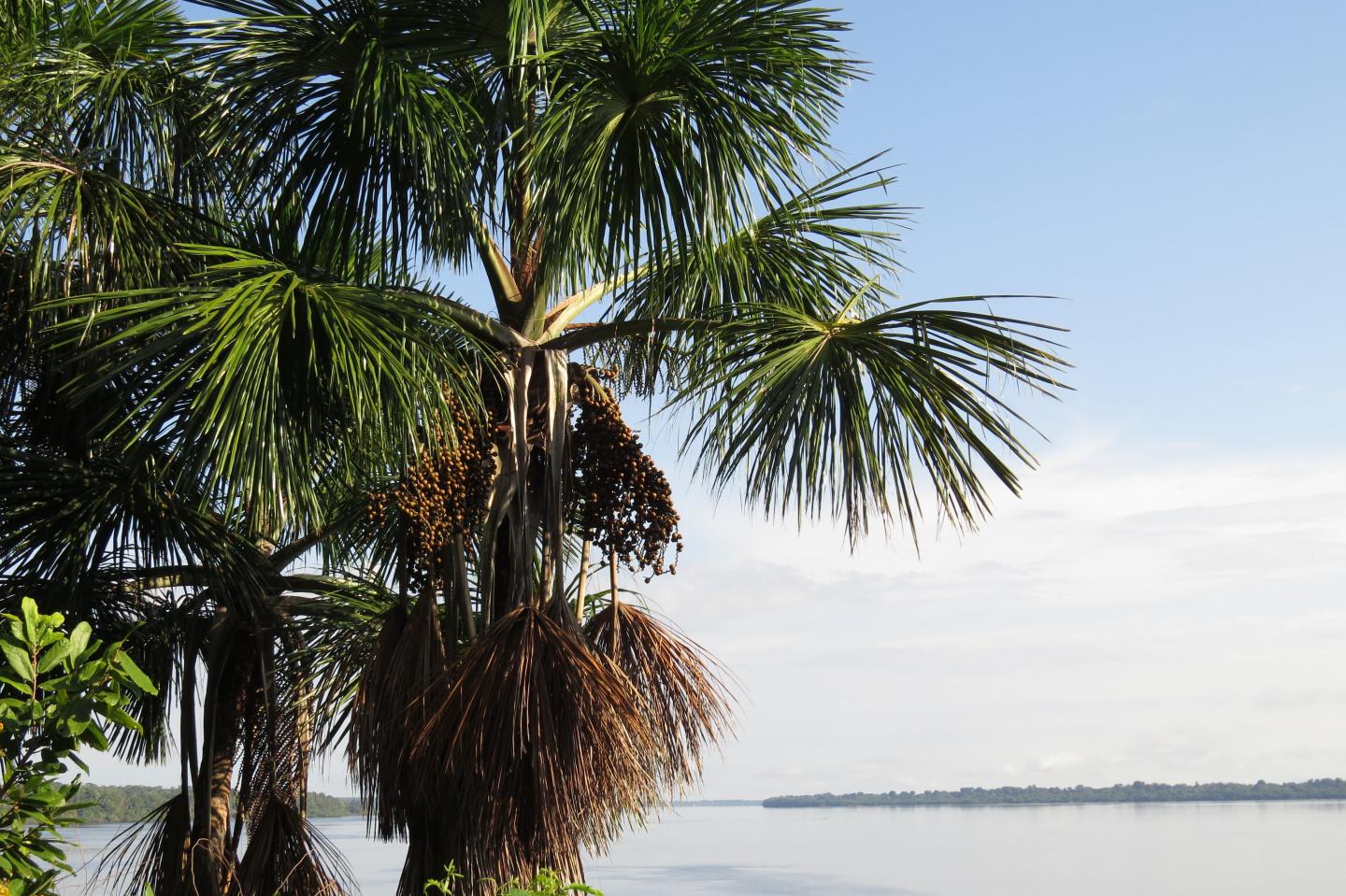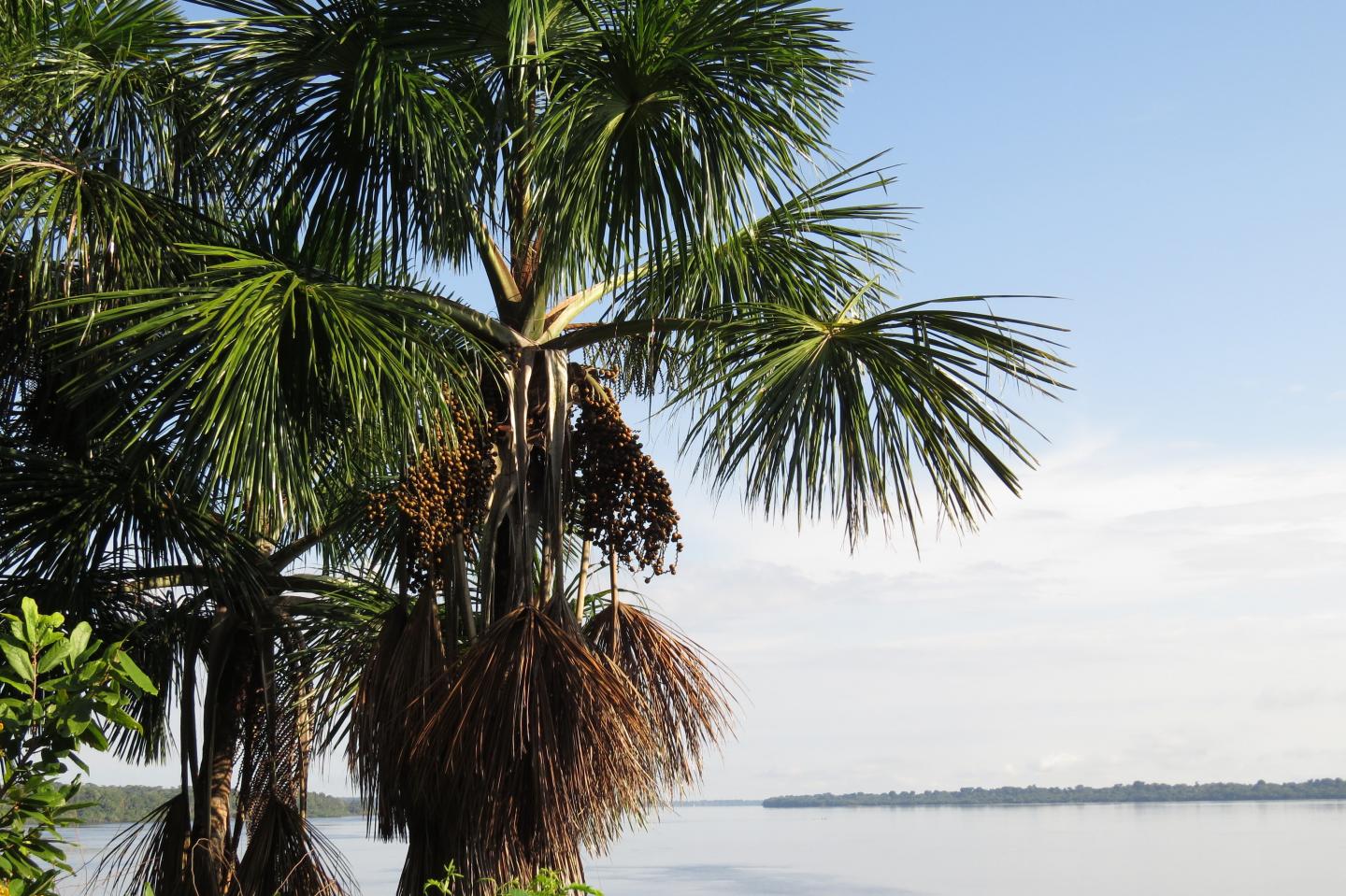
Credit: Hans ter Steege
Plants that were domesticated by pre-Columbian peoples are, to this day, much more likely to be dominant in Amazonian forests than other species, a new study reveals. The results suggest that past human influence plays an important and lasting role in the distribution of plant species, and could theoretically be used to uncover unidentified areas of past civilization. In Amazonia, plant domestication first began more than 8,000 years ago. In an effort to better understand the enduring effects of this domestication, Carolina Levis et al. analyzed an existing dataset that captures 1,170 forest plots and more than 4,000 plant species within the Amazon. They identified 85 species that were briefly, partially or fully domesticated by pre-Columbian peoples. Remarkably, these domesticated species were five times more likely to be dominant than non-domesticated plants. Domesticated plants were also found to be concentrated closer to archeological sites, including pre-Columbian habitation sites, mounds, terraces and rock art. Local environmental conditions explained up to 30% of the variation in the relative abundance and richness of domesticated species in Amazonian regions, whereas the proxies for past human impacts explained up to 20% of the variation, the authors report. They note that their findings raise a chicken-and-egg scenario: did humans enrich forests in Amazonia with domesticated species, or did humans choose to live close to forests naturally rich in these species? They provide several reasons as to why they suspect the former scenario to be true, including the that fact that some domesticated species were found at unlikely sites, given their distinct ecological niches.
###
Media Contact
Science Press Package
[email protected]
202-326-6440
@AAAS
http://www.aaas.org
############
Story Source: Materials provided by Scienmag





